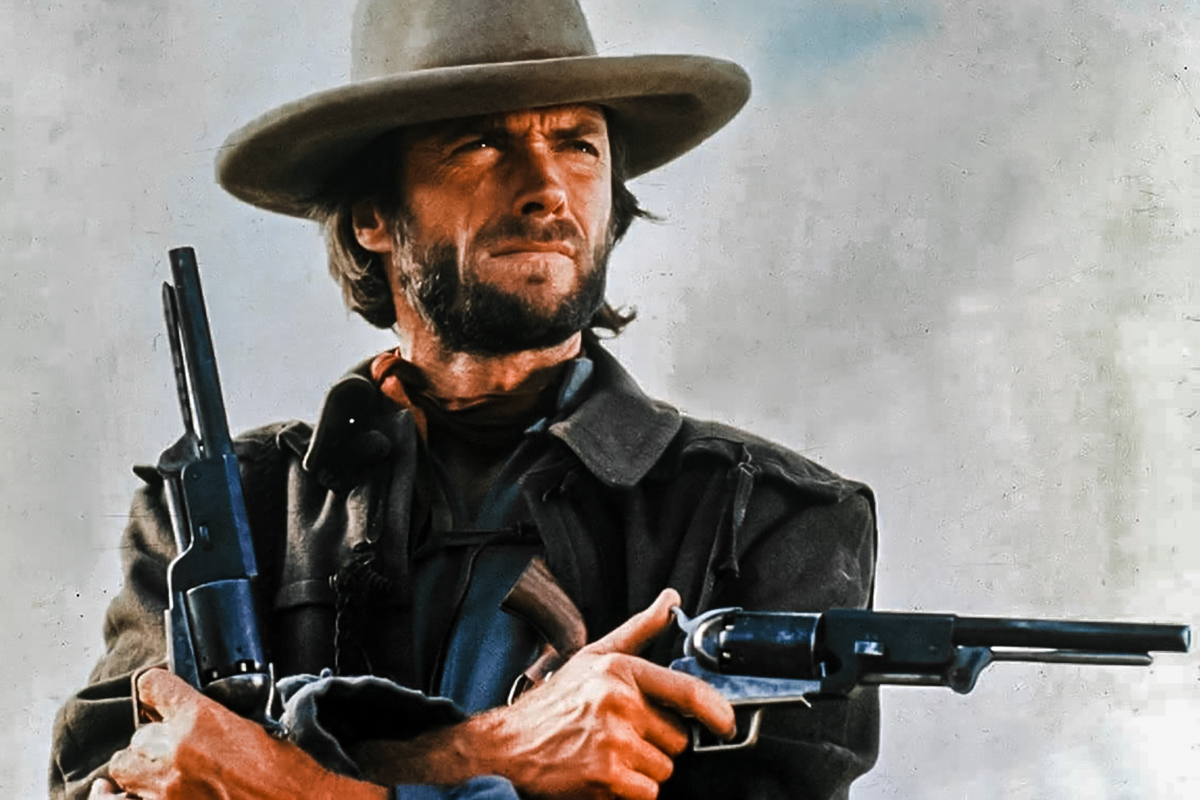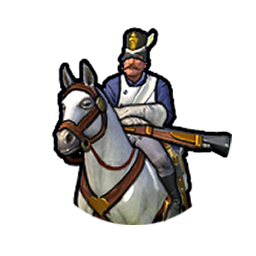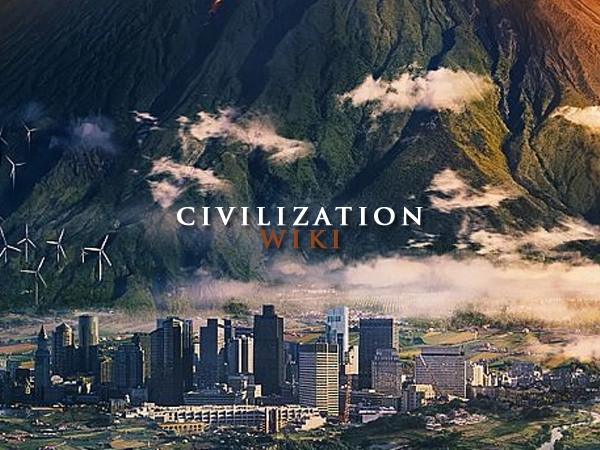Boris Gudenuf
Deity
1. Even the earlier dragoons are sometimes shown with the 'floppy' tailed cap. The major consideration is that the graphic should be Distinctive and as close to unmistakable as we can make it. The French dragoons, unlike many others, were distinctive - no confusing tricorns or helmets that could get them mistaken for ordinary cavalry or cuirassiers later.
2. Dragoons were always armed with some kind of carbine or short musket and were supposed to be able to fight on foot (even if they became less likely to do so as time went on) so none of the Anti-Cavalry bonuses apply when facing them. Since for much of their existence they were on inferior horses and not trained or expected to charge, their 'firepower' somewhat compensates for what would otherwise be ridiculously low combat factors compared to other contemporary 'real' Cavalry.
Exceptions to these general rules, like the British Heavy Dragoons, Frederick II's Prussian Dragoons or the US Army's early cavalry which did charge effectively, are best shown as UUs or as variations on the Heavy Cavalry (which is what Fred's dragoons and the Heavy Dragoons really were in use and function).
2. Dragoons were always armed with some kind of carbine or short musket and were supposed to be able to fight on foot (even if they became less likely to do so as time went on) so none of the Anti-Cavalry bonuses apply when facing them. Since for much of their existence they were on inferior horses and not trained or expected to charge, their 'firepower' somewhat compensates for what would otherwise be ridiculously low combat factors compared to other contemporary 'real' Cavalry.
Exceptions to these general rules, like the British Heavy Dragoons, Frederick II's Prussian Dragoons or the US Army's early cavalry which did charge effectively, are best shown as UUs or as variations on the Heavy Cavalry (which is what Fred's dragoons and the Heavy Dragoons really were in use and function).



